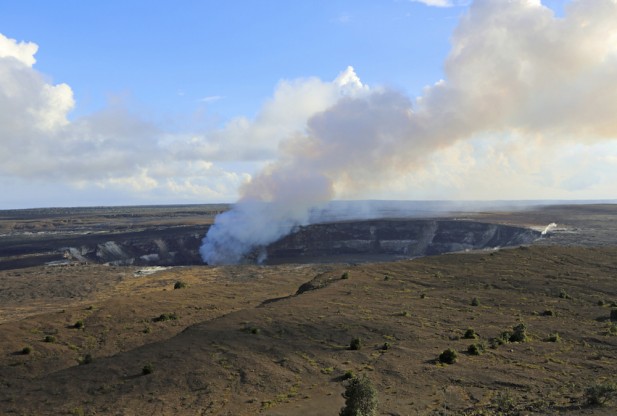OF THE
TIMES
A small body of determined spirits fired by an unquenchable faith in their mission can alter the course of history.
Sounds like Poland is ready to surrender and become an outpost of the US empire, they'll get free legions of Americans stationed in their...
Whilst on the subjects of scams to steal public money, I recently read that Denmark will now buy military equipment from the Ukraine MIC ( LOL )...
Former Defence Minister Tomasz Siemoniak … Please, note: Tomasz Siemoniak (probably his family name is in fact Siemoniuk) is a Ukrainian by...
America is placing nuclear weapons in Poland. If I may point out, the following:- 1. America instigated this war. 2. America overthrew the elected...
I wonde what all this attacked sites have in common. Might it be "Micro$oft Windows" ?!? :O
To submit an article for publication, see our Submission Guidelines
Reader comments do not necessarily reflect the views of the volunteers, editors, and directors of SOTT.net or the Quantum Future Group.
Some icons on this site were created by: Afterglow, Aha-Soft, AntialiasFactory, artdesigner.lv, Artura, DailyOverview, Everaldo, GraphicsFuel, IconFactory, Iconka, IconShock, Icons-Land, i-love-icons, KDE-look.org, Klukeart, mugenb16, Map Icons Collection, PetshopBoxStudio, VisualPharm, wbeiruti, WebIconset
Powered by PikaJS 🐁 and In·Site
Original content © 2002-2024 by Sott.net/Signs of the Times. See: FAIR USE NOTICE

Reader Comments
to our Newsletter